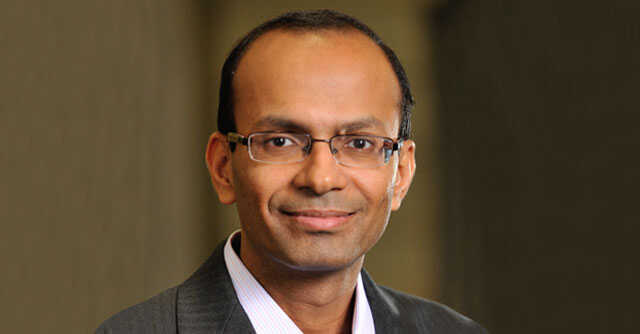
The evolving world of tomorrow: Next-gen technology disruptors


Flying taxis, AI corporate board of directors, unmanned banks... this is not a wish list from a sci-fi movie but a future that is becoming increasingly real. As per Ray Kurzweil, the famous American futurist, we’re going to experience twenty thousand years of technological change over the next one hundred years. The pace of this disruption means that what was nascent a decade ago (technologies like cloud, mobility, etc.) is well and truly commercialized now. The next wave of growth would come from today's rapidly emerging technologies.
Of these emerging technologies, which would rule tomorrow is not an easy question to answer. The development of any technology goes through multiple evolutionary phases - from technologies at nascent stage with high innovation focus but lacking commercial momentum (“Innovate” stage) to technologies attracting private investments (“Incubate” stage). Finally, as the use cases mature, enterprises start spending at a commercial scale (“Commercialized” stage). For a technology to cross the point of inflection to Commercialized status, robust private investments, and strong R&D focus (Intellectual Property, Patents) are the key precursors. The winning technologies also need to be high on buyer agenda and be part of their medium to long term strategy. These disruptive technologies also need to attract significant focus and investment in talent and capabilities from technology providers.
Against this backdrop, BCG collaborated with NASSCOM to identify key technological big bets that can potentially deliver disproportionate growth for the tech industry. The report identifies 12 technologies at the sweet spot of rapid innovation and robust private funding. The list includes obvious choices such as Autonomous analytics, Sustainability tech, AR/VR, Sensor tech, and Smart robots (constituting 60% of total funding in the 12 technologies) that cut across industries; to Distributed ledger tech, Autonomous driving, and Space tech which are niche. Interestingly, 5G/6G, Edge computing, Computer vision, and Deep learning emerged on top and as key enablers for other technologies. Surprisingly, Metaverse and 3D Printing which were anticipated to be top technological bets did not make the cut as they were observed to be high on either only private funding or R&D focus, respectively.

However, the extent of potential disruption differs by regions and verticals. Contrary to the notion that disruption is a western phenomenon, APAC is one of the fastest growing regions (11% CAGR for last three years, twice of Europe and North America). Europe with ~8% share of funding, is clearly lagging both North America and APAC. When it comes to verticals, transportation (~25%, twice the size of the next vertical), healthcare (~13%), telecom (~12%), technology (~10%), and BFSI (~8%) lead the global technology funding. Additionally, the verticals where diverse technologies are converging will undergo accelerated disruption. This is especially true for Transportation where multiple technologies are combining to disrupt the market through driverless cars and there are now discussions about flying cars and hyperloop.
The sentiment is also echoed by IT buyers. As per a Boston Consulting Group survey, buyers expect the share of emerging technology in IT budgets to grow three times over medium to long term, becoming a $300-350 billion opportunity. Autonomous analytics, Edge computing, 5G/6G, and Deep learning were rated highest by the buyers, while surprisingly, Sustainability tech and Distributed ledger tech were low on their priority, despite the hype.
For technology providers, the speed of disruption, as exciting as it sounds, can be brutal too. Nearly half of S&P 500 companies have ceased to exist over the last two decades. Firms need to be agile to adapt to the massive pace of disruption and continuously evolve. BCG’s interaction with CEOs of over 30 top technology firms revealed that firms are adopting different strategies for tapping these opportunities. Digital specialist firms are targeting specific technologies to increase their chances of winning (e.g., Deep learning, Distributed ledger tech) while large firms are diversifying their bets by focusing on both technologies with defined (e.g., AR & VR, 5G/6G) and emerging use cases (Computer vision, Edge computing).

Ultimately, to succeed in this ever-changing macro environment, every technology provider will have to identify their own moonshots to drive the next wave of their growth and build an agile organization to respond to this change.

Rajiv Gupta
Rajiv Gupta is Managing Director and Senior Partner at Boston Consulting Group. Sudhanshu Chawla, Partner & Harsh Singh, Project Leader at BCG, contributed to the piece.
